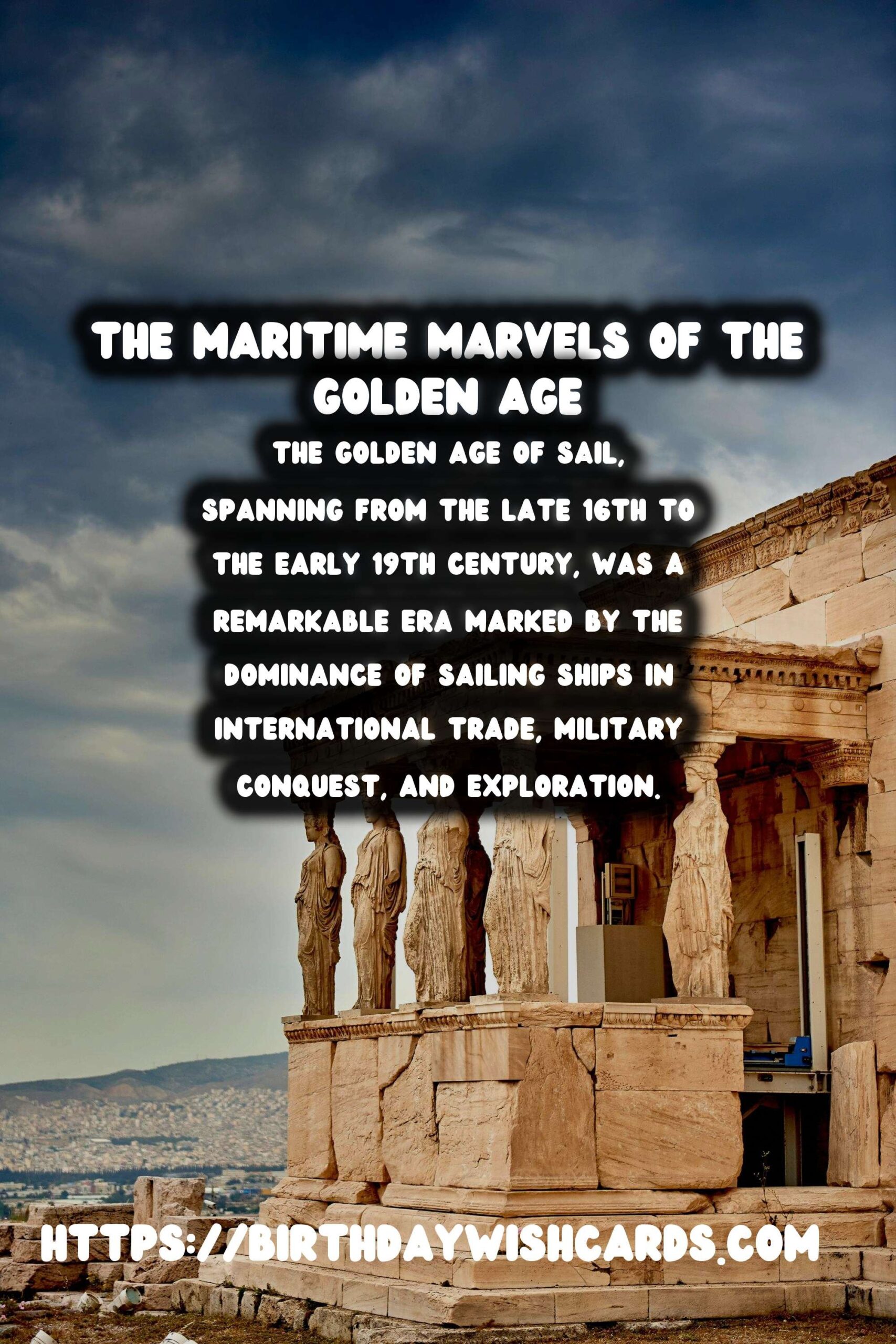
The Golden Age of Sail, spanning from the late 16th to the early 19th century, was a remarkable era marked by the dominance of sailing ships in international trade, military conquest, and exploration. The vast oceans became the highways of the world, connecting continents and cultures in unprecedented ways.
The Rise of the Sailing Ship
During this era, significant advancements in shipbuilding technology allowed for the construction of larger and more efficient vessels. The development of the full-rigged ship, with its ability to harness the wind more effectively, revolutionized sea travel. These ships enabled European powers to expand their reach across the globe, ushering in an era of exploration and colonization.
Sailing ships like galleons, clippers, and frigates became the backbone of naval fleets and merchant routes, playing a vital role in the economic and political developments of the time. The competition for control of sea routes led to numerous naval battles and the emergence of naval superpowers such as England, Spain, and the Netherlands.
Life at Sea
Life aboard these sailing vessels was often harsh and risky. Sailors faced long voyages fraught with the threat of storms, disease, and piracy. Despite these challenges, the promise of adventure and the potential for wealth drew many to a life at sea. Sailors developed a distinct culture, with their own jargon, traditions, and superstitions that would influence maritime lore for generations.
Shipwrecks: Tales of Glory and Tragedy
The Golden Age of Sail was not without its dangers, and many ships met their fate beneath the waves. Shipwrecks from this era tell fascinating stories of exploration and ambition, as well as cautionary tales of hubris and disaster. They have left lasting legacies, with submerged remains becoming valuable archaeological sites that offer insights into the past.
One of the most famous shipwrecks from this period is the Spanish galleon Nuestra Señora de Atocha, which sank off the coast of Florida in 1622. Rediscovered in the 20th century, its treasure trove of gold and silver continues to captivate historians and treasure hunters alike.
The Legacy of the Golden Age of Sail
The maritime history of the Golden Age of Sail has left an indelible mark on modern times. The era was a catalyst for globalization, with the exchange of goods, ideas, and cultures shaping the world we know today. Furthermore, the knowledge and skills developed during this period laid the groundwork for future advancements in navigation and shipbuilding.
As we reflect on this golden era, the legacy of these majestic sailing ships lives on in the stories of bravery, exploration, and the relentless pursuit of discovery.
Conclusion
The Golden Age of Sail was a transformative period in maritime history, characterized by the flourishing of international trade, naval warfare, and global exploration. While many ships were lost, their stories continue to intrigue and inspire, reminding us of the remarkable achievements and enduring mysteries of this bygone era.
The Golden Age of Sail, spanning from the late 16th to the early 19th century, was a remarkable era marked by the dominance of sailing ships in international trade, military conquest, and exploration. The era was a catalyst for globalization, with the exchange of goods, ideas, and cultures shaping the world we know today. 
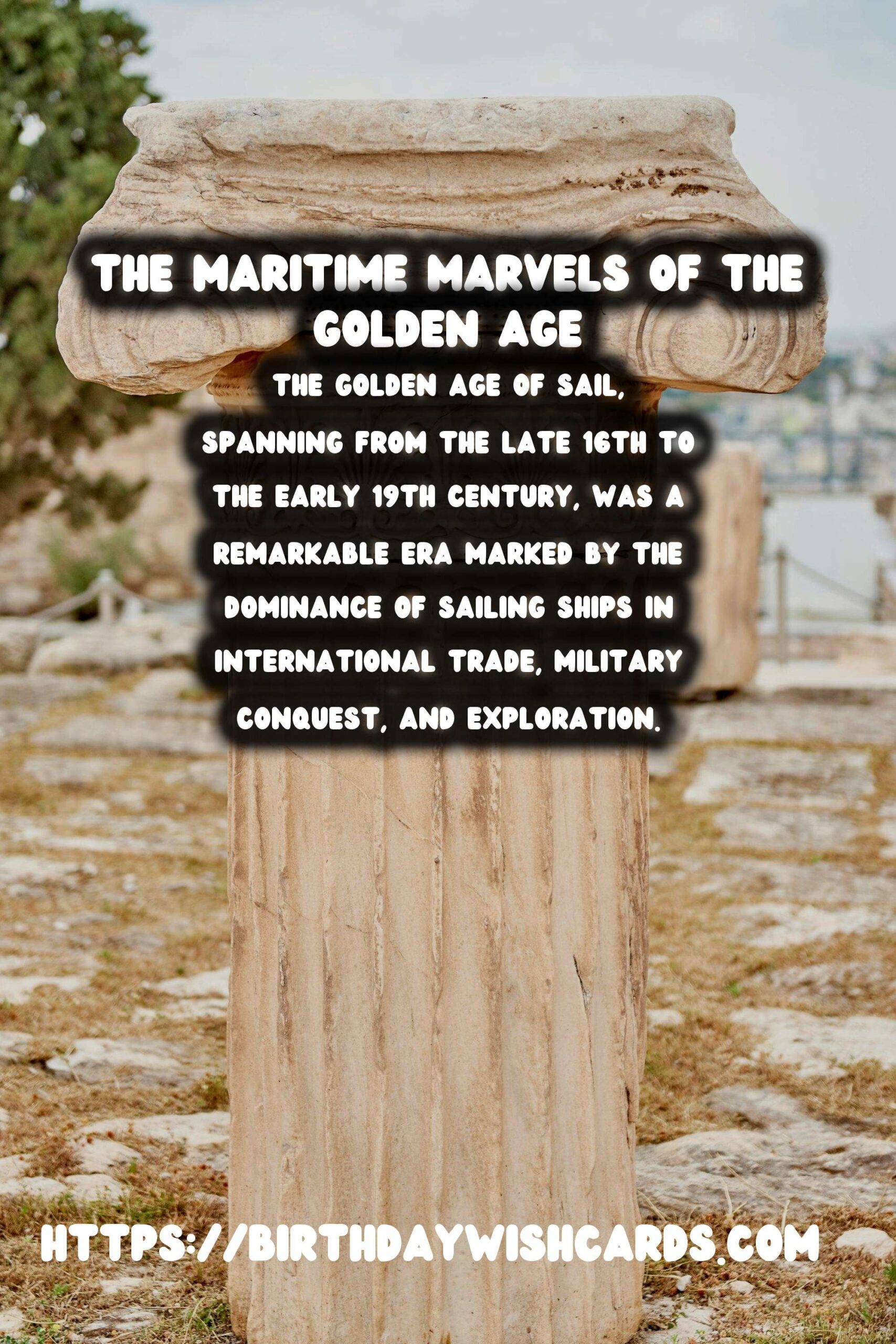
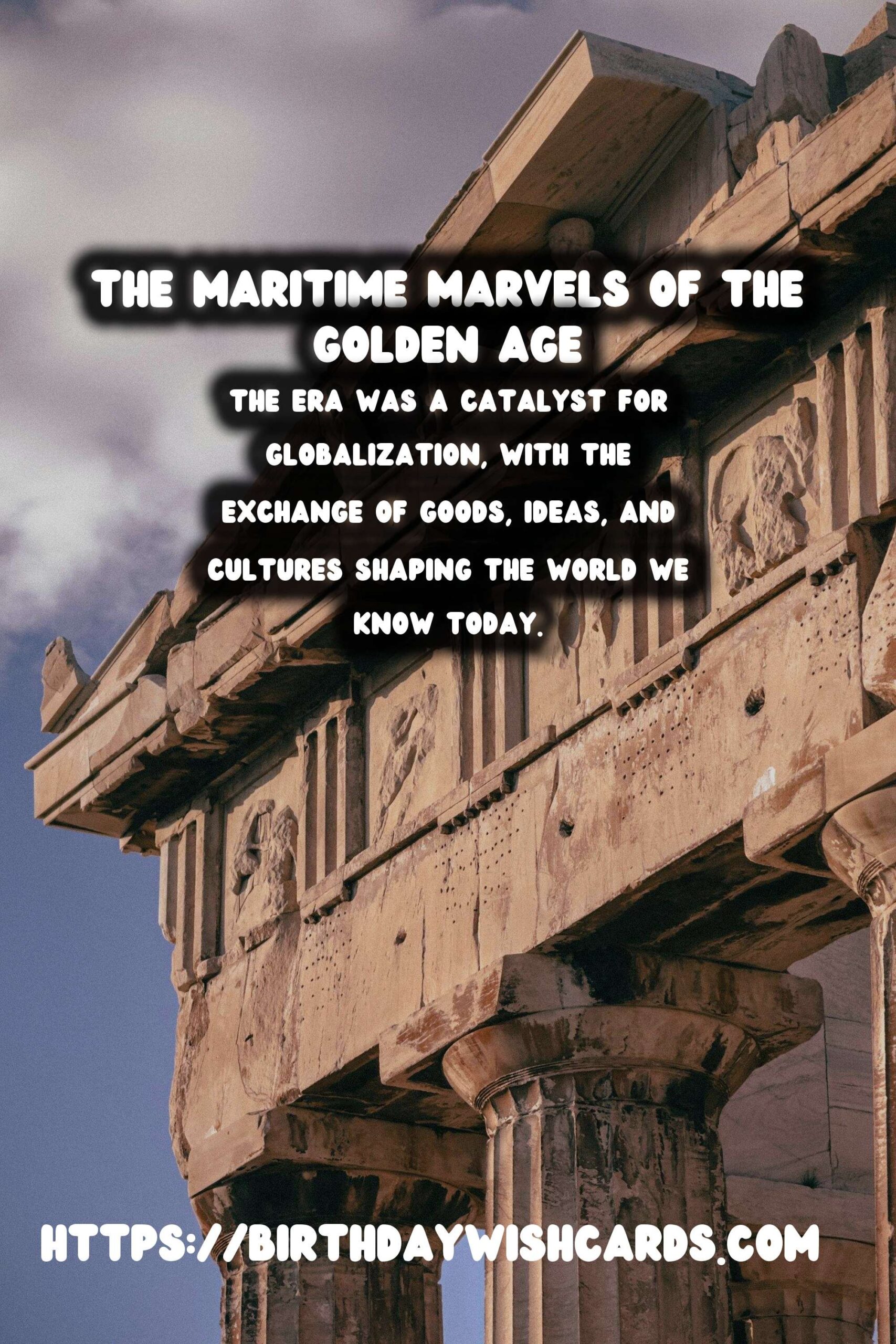
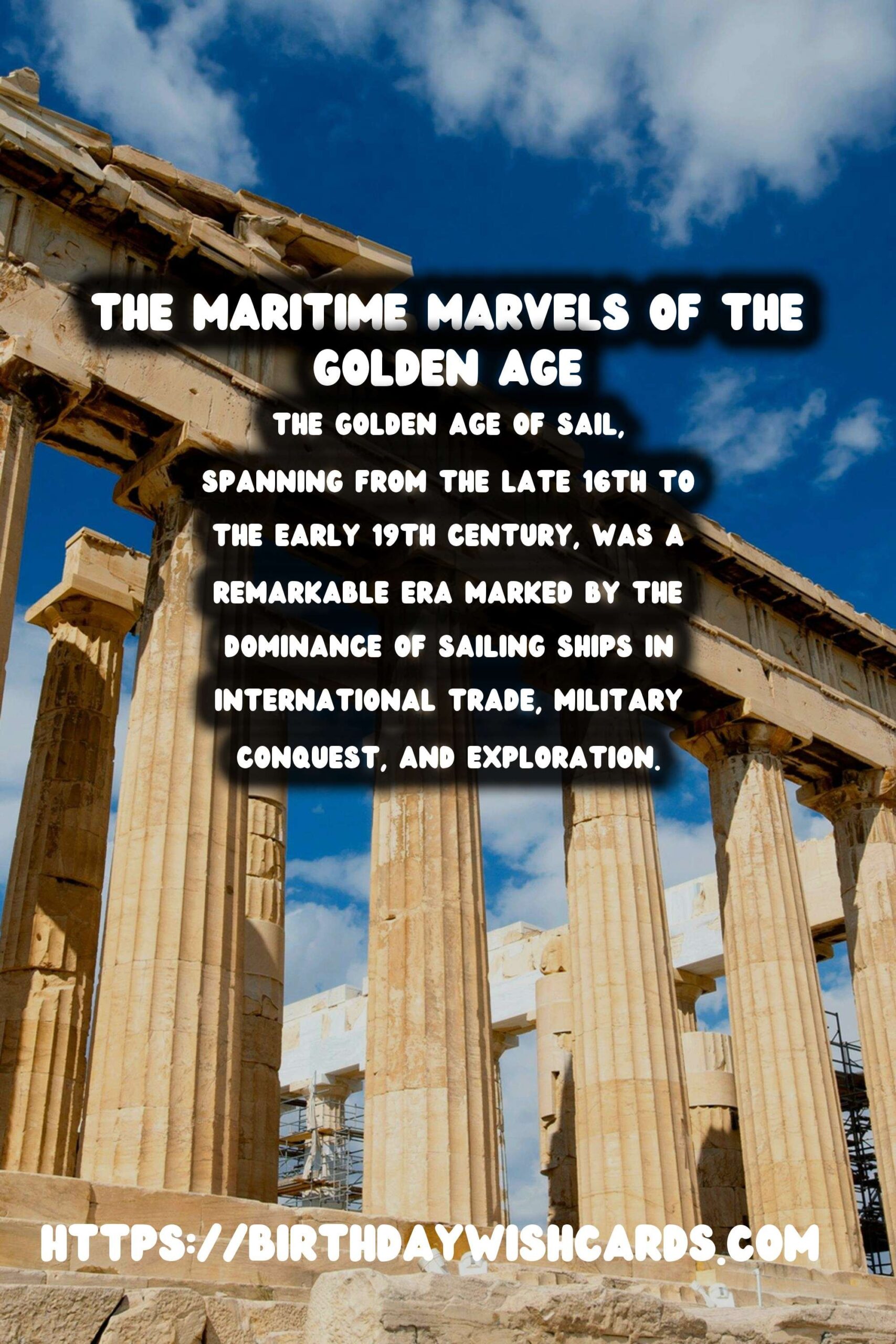
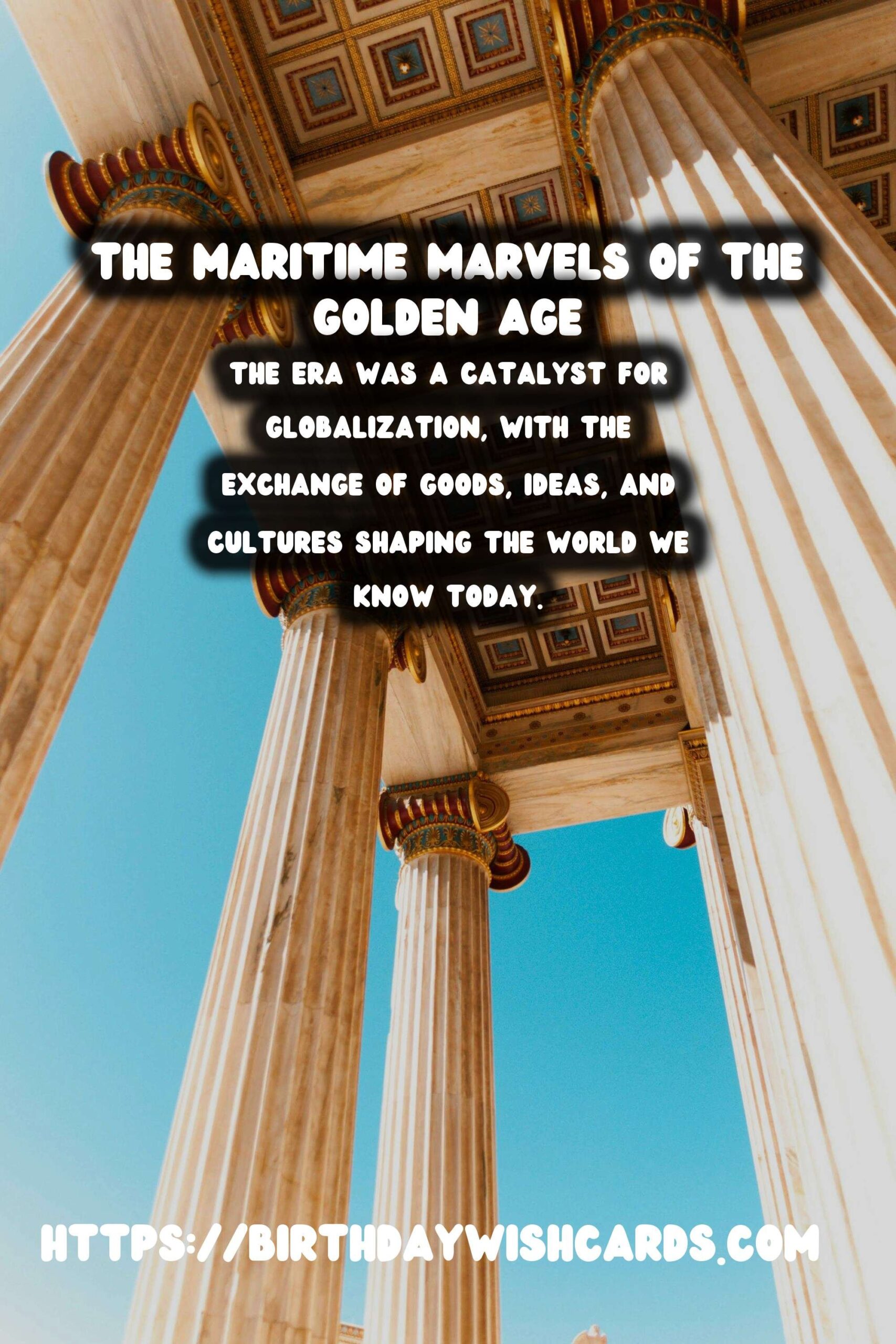
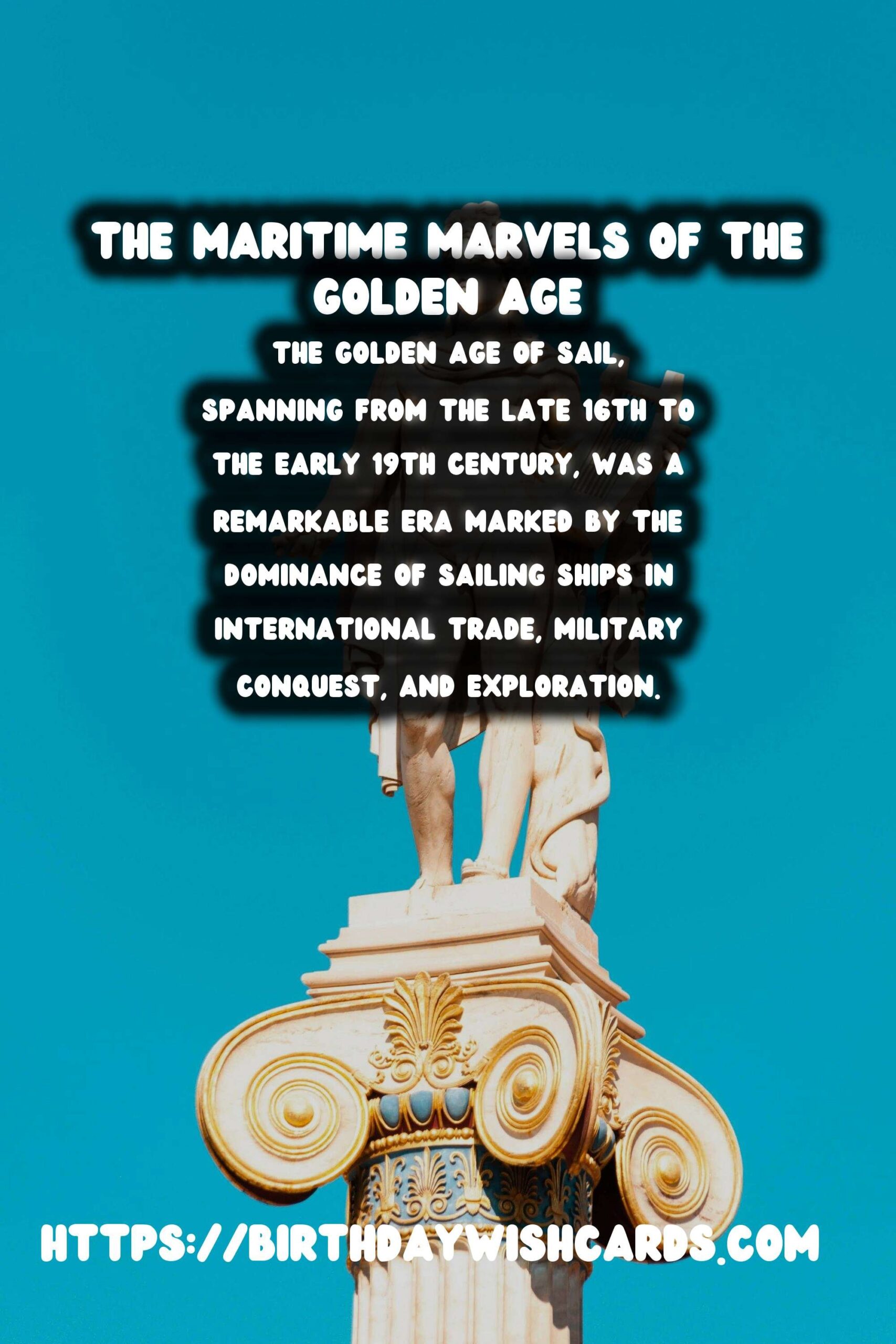
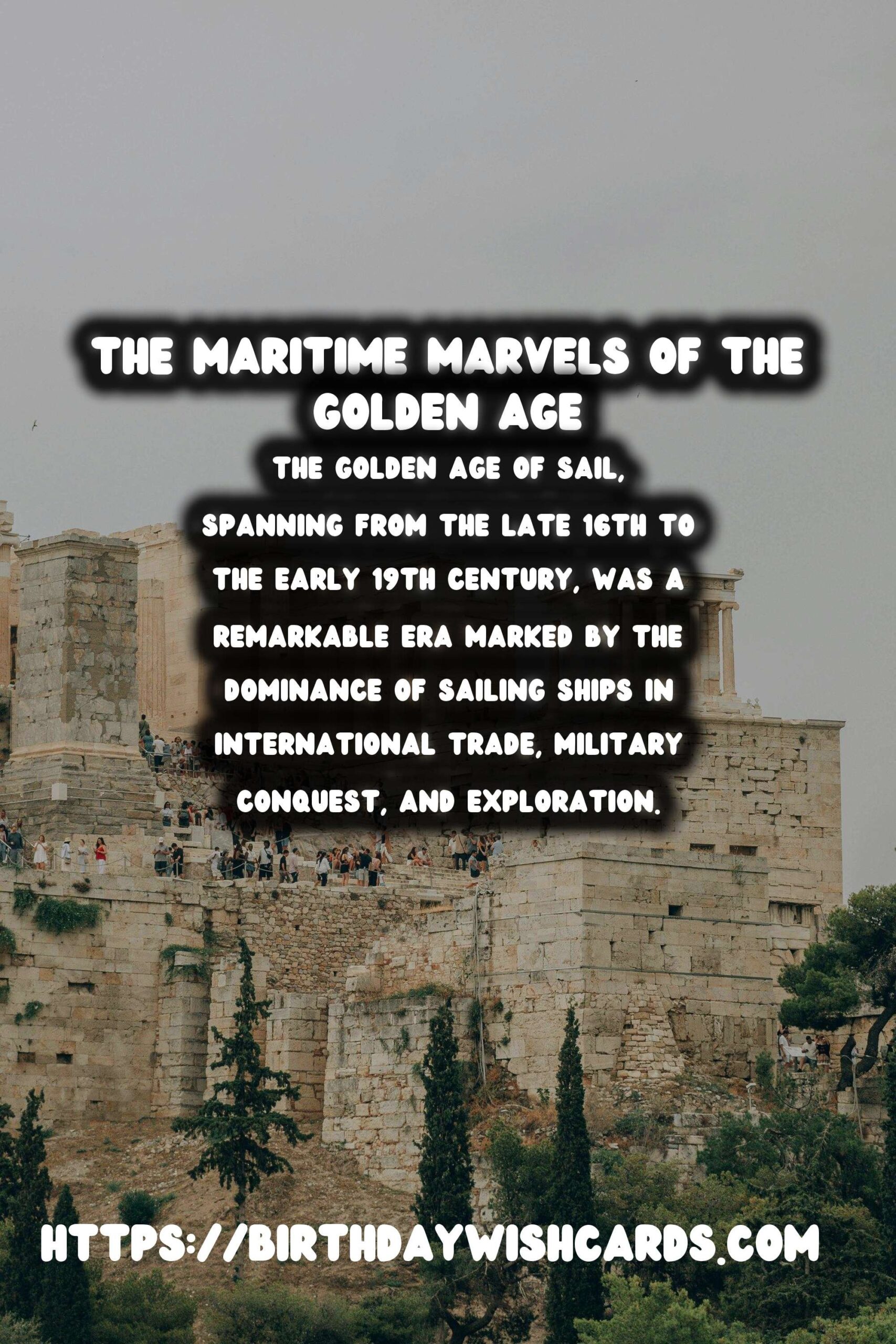
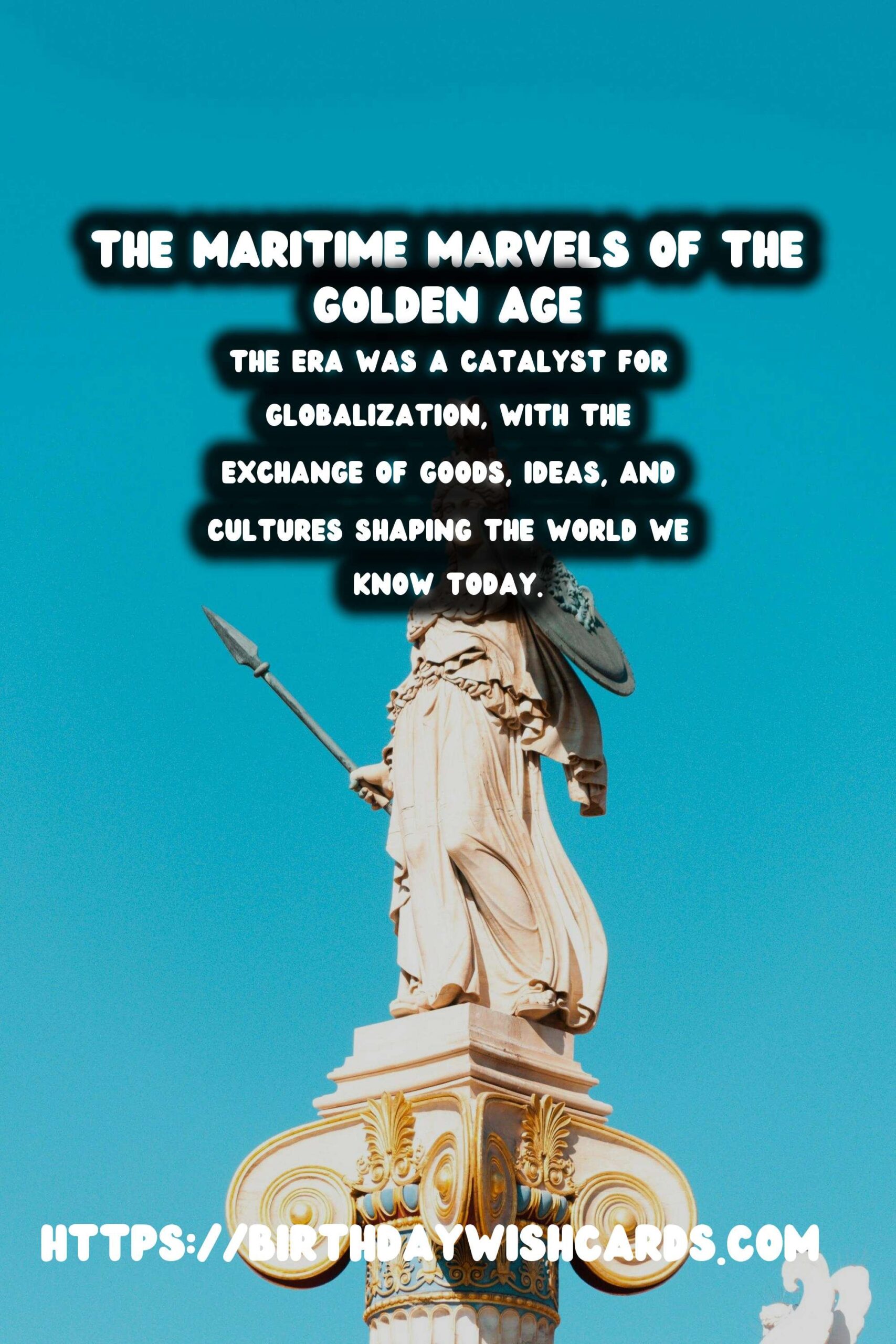
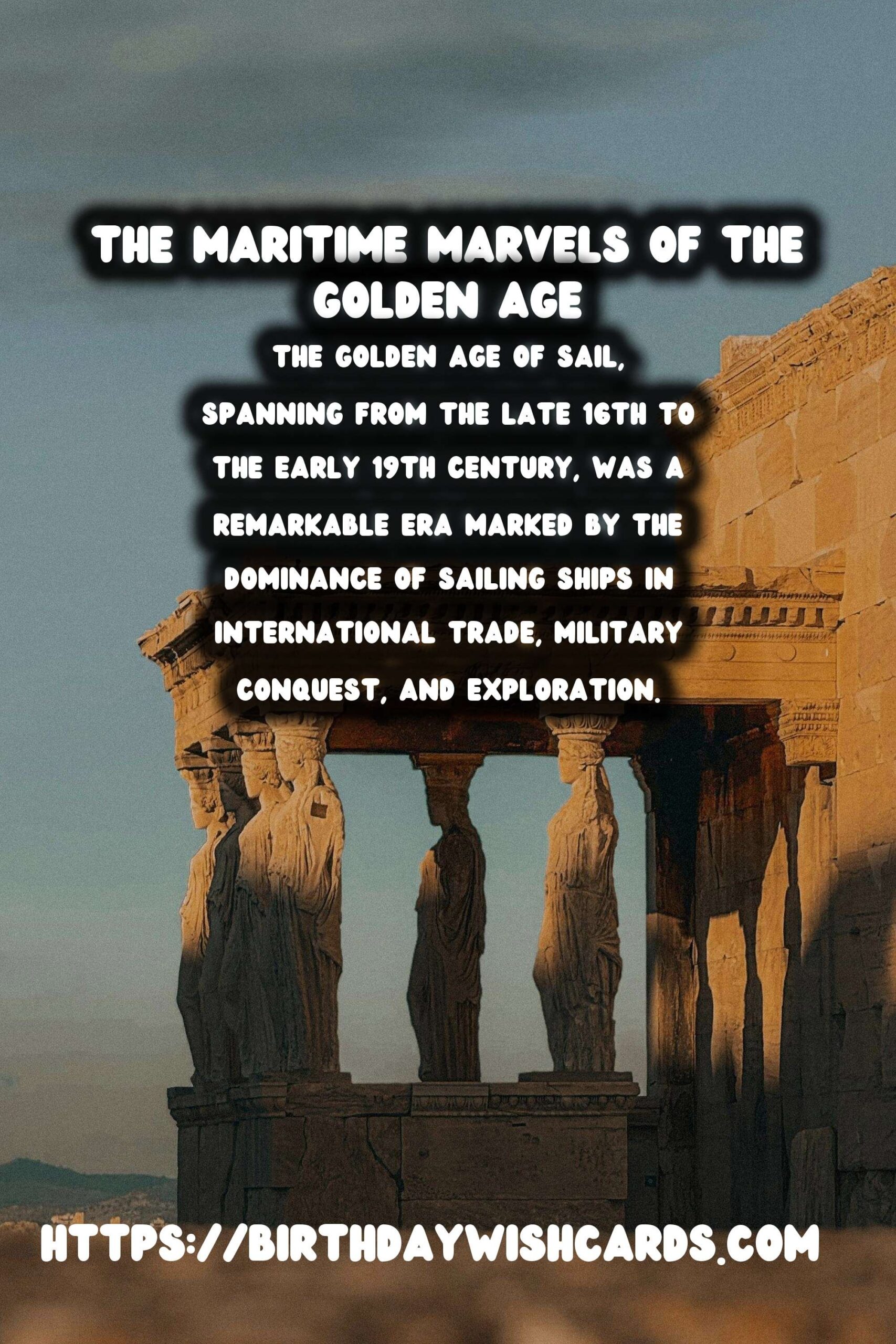
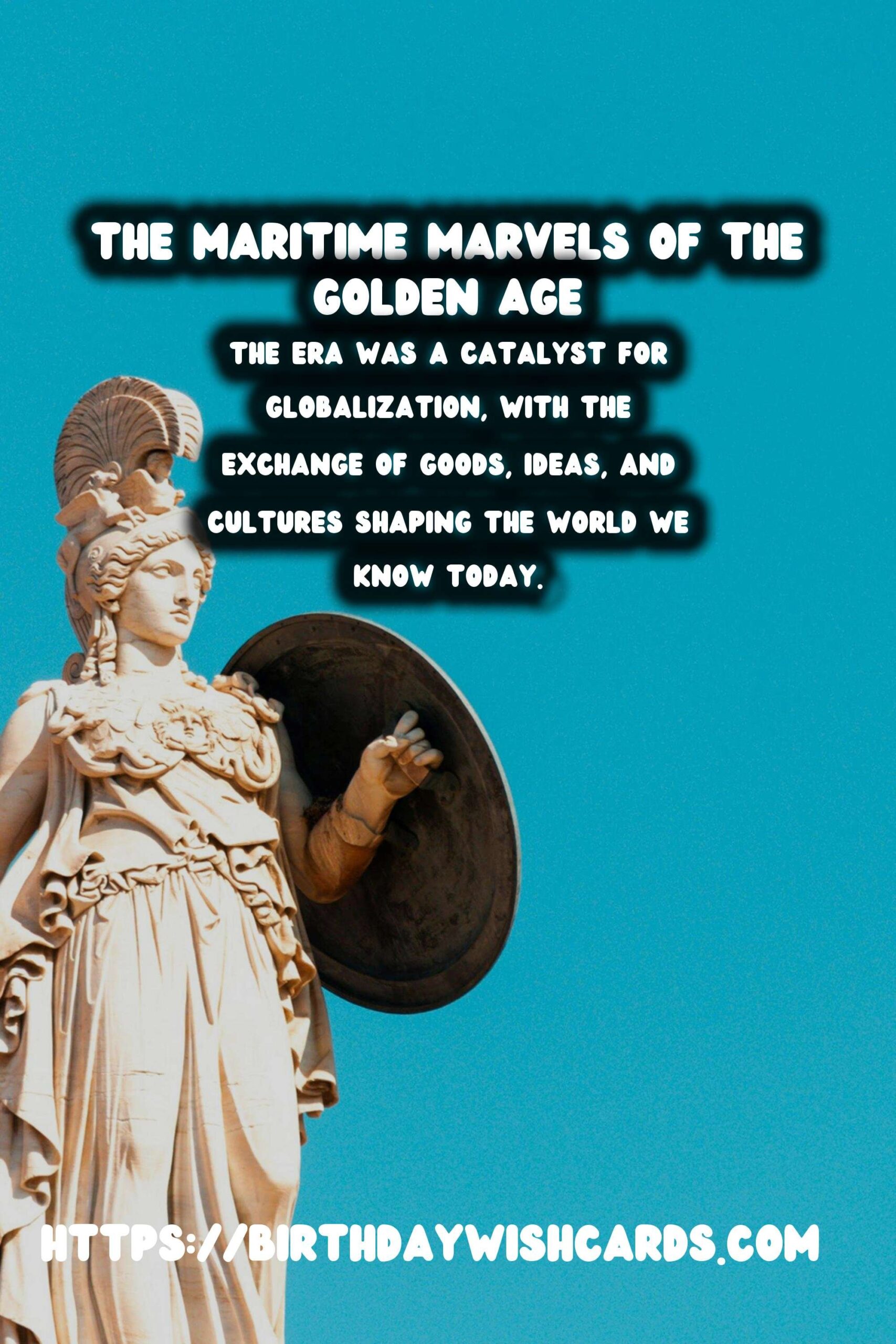
#MaritimeHistory #GoldenAgeOfSail



